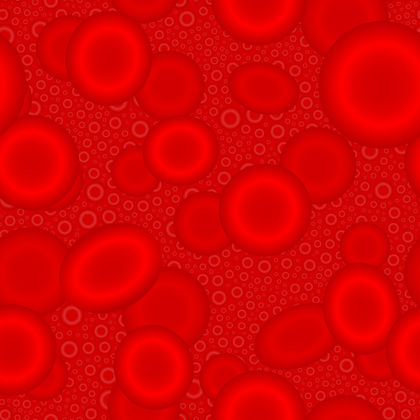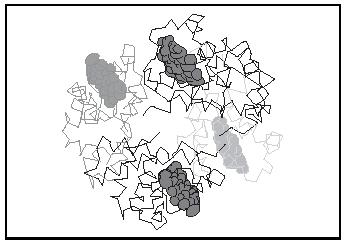Quaternary Structure

Many proteins are made up of a single, continuous polypeptide chain and are thus called monomeric. Other proteins are composed of two or more polypeptide chains called subunits. The quaternary structure describes the arrangement and position of each of the subunits in a multiunit protein. The stabilizing forces that hold the polypeptide subunits together are the same forces that are responsible for tertiary structure stabilization. A major force stabilizing the quaternary structure is the hydrophobic interaction among nonpolar side chains at the contact regions of the subunits. Additional stabilizing forces include interactions between side chains of the subunits, including electrostatic interactions between ionic groups of opposite charge:

hydrogen bonds between polar groups; and disulfide bonds . An example of a protein with quaternary structure is hemoglobin. Hemoglobin, an oxygen transport protein, is a tetrameric (four unit) protein consisting of two α and two β subunits .
SEE ALSO Primary Structure ; Proteins ; Secondary Structure ; Tertiary Structure .
Elizabeth S. Roberts-Kirchhoff
Bibliography
Perutz, Max F. (1978). "Hemoglobin Structure and Respiratory Transport." Scientific American 239: 92–93.
Internet Resources
Martz, Eric. "Hemoglobin." Martz Molecular Visualization and Immunology Sites. Available from http://www.umass.edu/ .
Comment about this article, ask questions, or add new information about this topic: